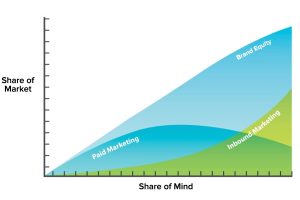
The primary goal of digital content marketing is to earn attention and grow brand reputation by providing valuable content – that informs, persuades, engages and delights prospects and customers. However, delivering on this goal has turned into an all-out arms race, with three distinct generations of content marketing. First Generation: Core Content In the […]






